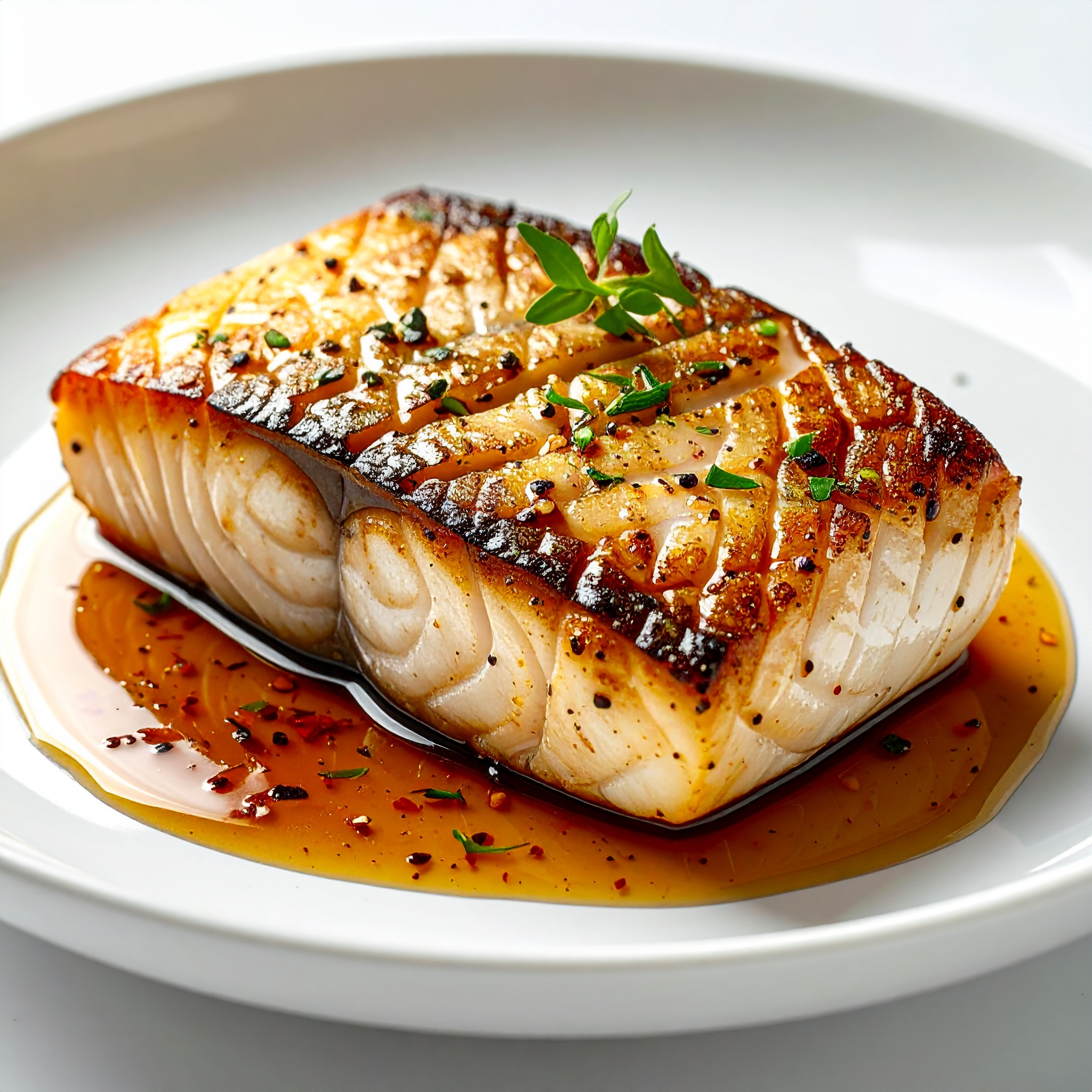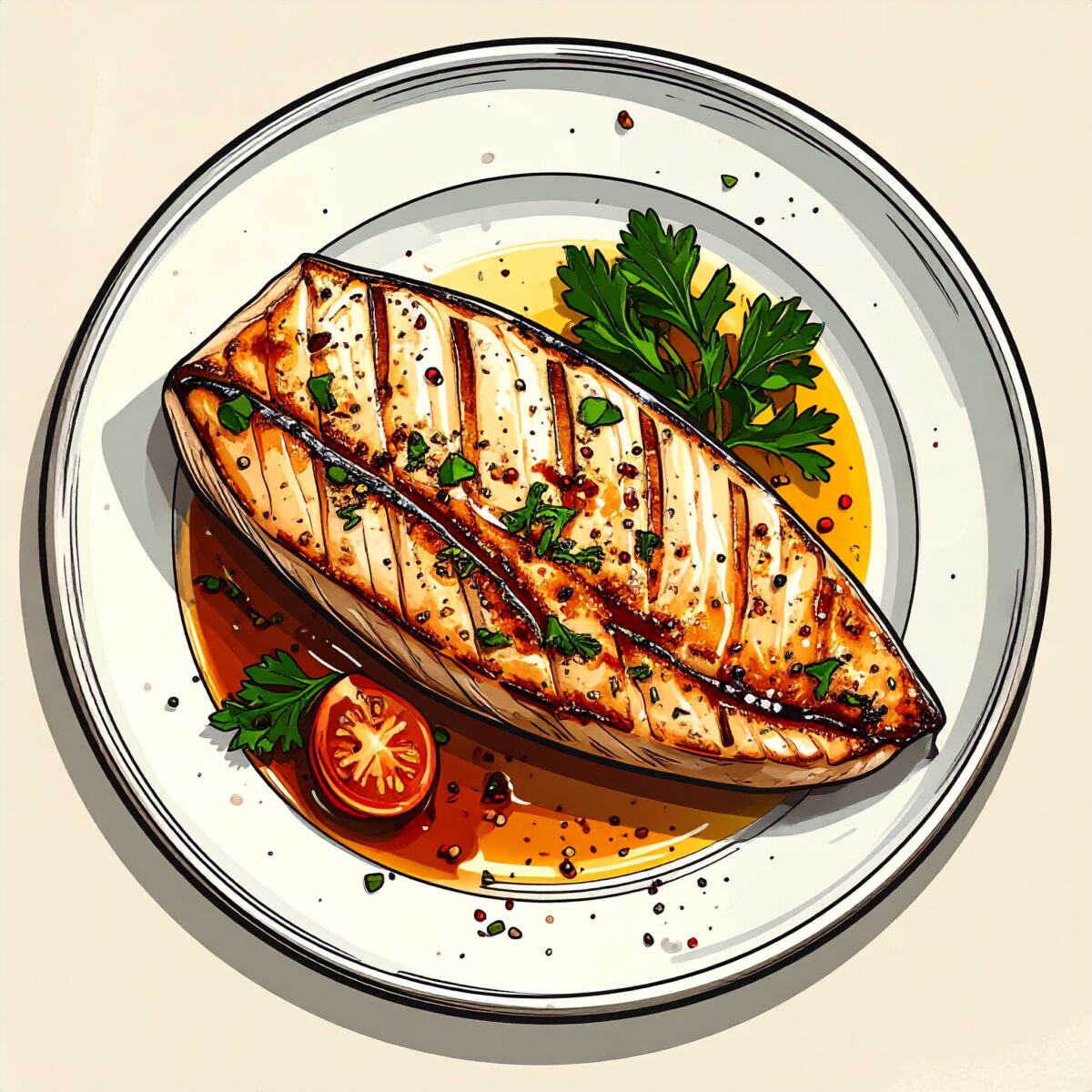What lies at the origin of true culinary artistry? In an age where professional kitchens are outfitted with multi-functional equipment, precision temperature controls, and scientific analysis, it is often the elemental experiences—crackling fire, fragrant smoke, and the tactile intuition of hands-on preparation—that leave the deepest impression on our senses. One remarkable embodiment of this primal connection to food can be found in the southern Japanese prefecture of Kochi: Katsuo no Tataki.
This iconic technique involves searing only the surface of fresh skipjack tuna over an intense flame, creating a beautifully charred crust while preserving the delicate interior in its raw state. Originally developed as a practical yet ingenious method to enjoy the easily perishable skipjack—a staple of the common folk—this preparation reflects centuries of culinary wisdom.
At the heart of Katsuo no Tataki lies the mesmerizing technique of straw-fire grilling—a method as visually dramatic as it is culinarily refined. Dry rice straw is ignited, producing an intense burst of heat that instantly sears the exterior of the skipjack tuna. The temperature of the burning straw reaches extraordinary levels, allowing for a beautifully charred crust to form in moments, while preserving the fish’s succulent interior. The flames rise in a sudden blaze, crackling with energy. Smoke billows upward, enveloping the fish in a delicate, natural perfume. As the chef turns the fish swiftly over the fire, a vivid choreography unfolds—where human instinct, elemental flame, and pristine ingredients move in harmonious unison.
The resulting dish is visually striking: the charred brown exterior contrasts vividly with the vibrant crimson interior, each slice revealing a subtle gradient of texture and color. Accompaniments are equally bold and thoughtful—generous amounts of finely chopped scallions, garlic, ginger, sea salt, and vinegar. This robust ensemble of aromatic and tangy elements reflects the distinctive culinary spirit of Tosa, intensifying the flavors and creating a truly unforgettable dining experience.

What renders this dish so compelling is its unbroken connection to one of humanity’s most ancient cooking techniques—fire and smoke—still alive and vivid in today’s modern world. Unlike electricity or gas, the straw flame is neither consistent nor controlled. It is influenced by the ambient humidity, the wind, and the dryness of the straw itself. This variability demands that the chef engage fully with the elements, relying not on machines, but on the totality of human senses. Eyes trace the flicker of flame, ears listen to the sizzle of searing flesh, and the nose discerns the moment of perfect doneness. It is a practice governed not by thermometers or timers, but by intuition and experience—a dynamic dialogue between artisan and nature, where tradition is the truest measure of time.
Equally remarkable is how deeply this method is entwined with the region’s natural environment. Kochi, blessed by its proximity to the Pacific Ocean and the rich currents of the Kuroshio, is home to fertile fishing grounds. Skipjack tuna has long defined the seasonal rhythms of local life, migrating past its shores each spring and autumn. The act of grilling freshly caught fish mere moments after it is brought ashore is not simply cooking—it is a continuation of a coastal lifestyle, a celebration of place and provenance.
There is profound significance in the use of wara—rice straw—as the fuel for this method, a material intrinsically linked to Japan’s agrarian heritage. Traditionally regarded as a byproduct of rice cultivation, straw has long served as mulch for fields or fodder for livestock. To ignite this humble material and use its flame to sear skipjack tuna—nature’s bounty from the sea—is to bring together the elemental gifts of mountain, field, and ocean in a single dish. In this way, Katsuo no Tataki becomes more than a meal—it is a microcosm of Kochi itself.
Its continued reverence today lies in its ability to transcend the category of regional cuisine. This is not merely a nostalgic tradition, but a living embodiment of the primal joy of taming fire and the honest discipline of engaging with ingredients in their purest form. In an age where culinary innovation often turns to machinery and automated precision, this dish invites us back to a more elemental artistry—one where the human hand, instinct, and presence remain the guiding force.

Katsuo no Tataki is not merely a dish—it is a sensory experience that engages the diner on every level. As the first bite reaches the palate, a wave of smokiness rises gently through the nose, followed by the rich umami and subtle sweetness of the seared skipjack tuna. The bite deepens with the assertive notes of garlic and scallions, while salt and vinegar provide a sharp, balancing finish. A faint whisper of smoke lingers in the aftertaste—less a flavor than a memory, woven from time, touch, and fire.
What is particularly noteworthy is the renewed appreciation of this time-honored method within contemporary culinary and cultural contexts. Today’s chefs reinterpret the elemental allure of open flame, pairing it with refined presentation and modern sensibilities, sharing its story with audiences both domestic and international. Tradition, after all, is not something that simply endures unchanged; it is something that lives on through thoughtful adaptation—preserving its soul while evolving its voice.
By returning to the primal techniques of fire and smoke, we rediscover the essence of cuisine itself: a reverence for raw ingredients, the joy of handcraft, and the richness of savoring time. Katsuo no Tataki is far more than a regional specialty—it is a quiet, enduring reminder of the fundamental human connection to food, nature, and craft.




